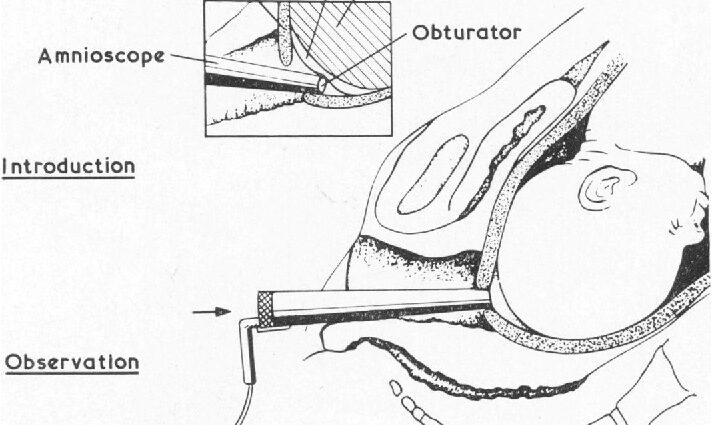Contents
What equipment is used for an amnioscopy?
We’re using an amnioscope. There are two kinds. The most recent are plastic and come in the form of a solid, transparent, conical tube, which lets light through and allows direct viewing. amniotic fluid. The older models are in stainless steel. These are hollow, cone-shaped tubes inside which a removable mandrel (or shutter) slips. Their rounded shape allows the tube to be inserted, and the doctor removes it once the amnioscope is in place. Depending on the opening of the cervix, different diameters of amnioscopes are used: 12, 16 or 20 mm. To illuminate the amniotic fluid, a light source is needed. It attaches to the outer end of the amnioscope.
How is an amnioscopy performed?
The future mother is installed in a gynecological position. The doctor or midwife, after disinfecting the vulva, introduces the small tube vaginally into the opening of the cervix in contact with the amniotic membranes (water bag). For the examination, it is therefore necessary that the cervix is already slightly open. Then it lights up the membranes and looks through the color of the amniotic fluid. Sometimes the practitioner can use a speculum to visualize the cervix and facilitate the maneuver. The examination lasts a few minutes and is not painful.
What does amnioscopy bring?
It helps to monitor fetal well-being. When all is well, the amniotic fluid is clear, slightly bluish. In fetal distress, it becomes tinted with meconium (fetal stool) and turns green. A tinted liquid is a warning sign that will lead the doctor or midwife to perform monitoring to check the fetal heart rate.
The examination also allows to see if the liquid contains vernix caseosa. On amnioscopy, it appears as small whitish flakes floating in the fluid. This coating protects the baby’s skin and disappears when the term is exceeded. The exam also allows the doctor to check the abundance of amniotic fluid.
When is an amnioscopy done?
Amnioscopy is not performed before 37 weeks amenorrhea to avoid a risk of premature birth. Most often, it is recommended every 48 hours to monitor the expired terms, or in the event of a problem at the end of the pregnancy to make sure that the baby is well.
Can all mothers benefit from it?
Some situations contraindicate amnioscopy. This is the case if the mother has a genital infection, placenta previa, or of course, if the water bag is already ruptured. It is also not recommended for mothers with a positive HIV serology in order to avoid transmission of the virus to the baby.
Is there a risk in performing an amnioscopy?
Exceptionally, a rupture of the water bag or an infection can occur during an amnioscopy.










